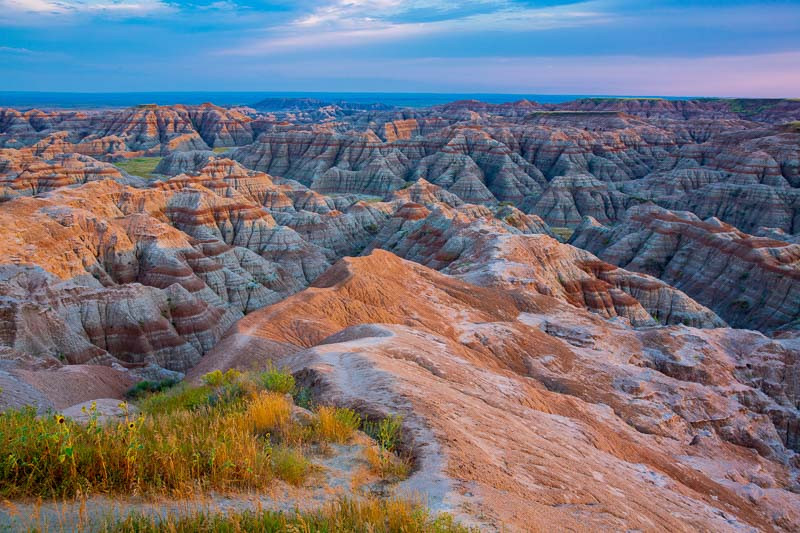South Dakota Native Plants
South Dakota’s native plants are well-adapted to the local climate, making them ideal choices for landscaping projects. They help conserve water, reduce maintenance needs, and provide habitat for local wildlife.
- Consider the Bur Oak (Quercus macrocarpa), a drought-tolerant tree that provides ample shade.
- For a vibrant display of flowers, look to the Prairie Coneflower (Ratibida columnifera) and the Black-Eyed Susan (Rudbeckia hirta). Both are robust, colorful, and popular with pollinators.
- When it comes to grasses, Little Bluestem (Schizachyrium scoparium) and Prairie Dropseed (Sporobolus heterolepis) are excellent choices. They bring year-round interest to your garden, from green growth in spring to golden hues in fall and architectural beauty in winter.
Gardening with native plants requires understanding your site conditions, such as sunlight, soil type, and moisture levels, and selecting plants accordingly. Native plants may take some time to establish, but, once settled, they create a beautiful, low-maintenance landscape that contributes to the local ecosystem. So, by choosing South Dakota native plants, you’re not just creating a garden but a habitat.

